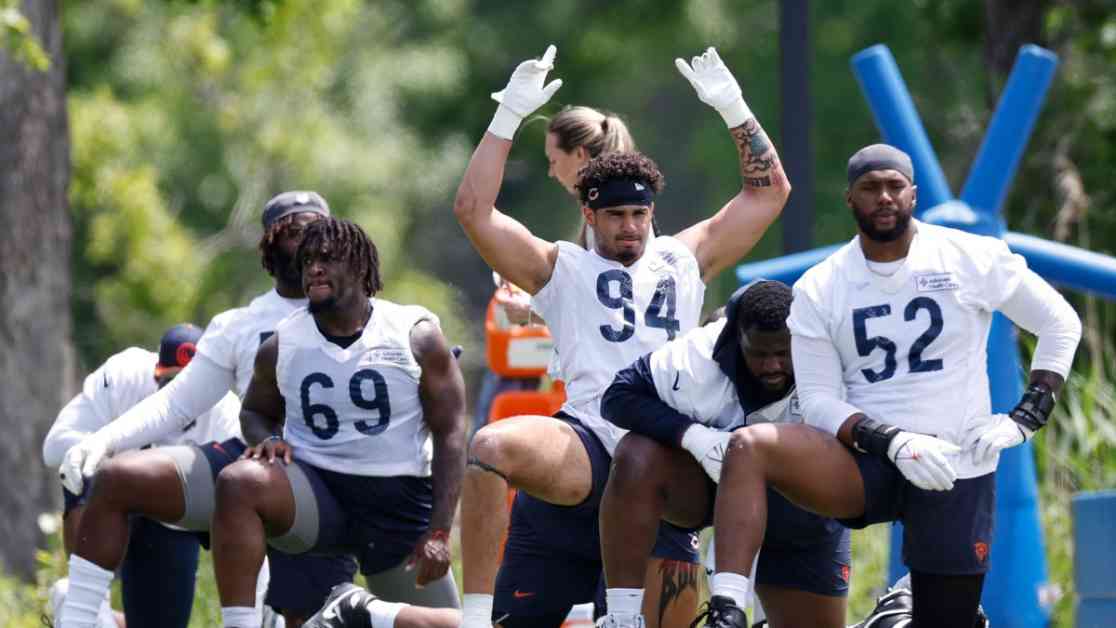Last month, the Pentagon made a significant move by granting honorable discharges to 800 veterans who were pushed out of the military during the “don’t ask, don’t tell” era with less than fully honorable discharges. This action sheds light on the flawed nature of the military discharge system, which is still deeply entrenched in subjective notions of honor and shame.
It is estimated that around 13,000 veterans were affected during the “don’t ask, don’t tell” era, although this number may be higher due to underreporting. Many servicemembers were administratively or punitively discharged preemptively if their commanders suspected homosexuality without concrete evidence. This issue extends beyond the “don’t ask, don’t tell” era, as veterans separated because of their sexual orientation before 1994 are not accounted for in the Pentagon’s estimate.
The classification of military discharges, such as “honorable,” “general under honorable conditions,” “other than honorable,” and “dishonorable,” is crucial as it determines veterans’ eligibility for benefits. This system has been in place since World War I, with individual military commanders having discretion over these distinctions. The disparity in discharge types among different branches of the military further complicates the issue.
Even a seemingly minor downgrade in discharge characterization can have significant consequences on a veteran’s life. For example, access to Department of Veterans Affairs healthcare is automatically available to those with honorable and general discharge characterizations. However, post-9/11 GI Bill benefits, which include tuition, housing, and books allowances, are only reserved for those with a fully honorable discharge. This discrepancy can result in substantial financial implications for veterans.
The current military discharge system is imperfect and lacks uniformity in its application. Throughout history, servicemembers, particularly people of color, women, and LGBTQ+ individuals, have been unfairly denied benefits due to their discharge characterization. Furthermore, some commanders have used their discretion to push out military sexual trauma victims and those suffering from post-traumatic stress with less than honorable discharges.
The process of applying for discharge upgrades is often arduous and time-consuming, deterring many veterans from seeking a change in their status. While there has been an increase in upgrade requests for “don’t ask, don’t tell” era veterans, success rates vary among different branches of the military. The Navy and Marine Corps, for instance, deny a significant percentage of these upgrade requests.
To address these issues, the Pentagon should consider implementing a new system with fewer types of discharge and objective metrics. Eligibility for VA benefits should be based on the length of one’s service, utilizing a transparent sliding scale of benefits. By reducing commanders’ discretion and introducing more fairness and transparency into the discharge system, veterans can be better supported and protected.
The conversation about reforming the military discharge system has been ongoing for years, yet little progress has been made in exploring viable alternatives. It is essential to prioritize the well-being and rights of veterans by ensuring that they are not unfairly disadvantaged by subjective judgments of honor and shame. By advocating for a more equitable and streamlined discharge system, we can honor the service and sacrifices of all veterans.



























